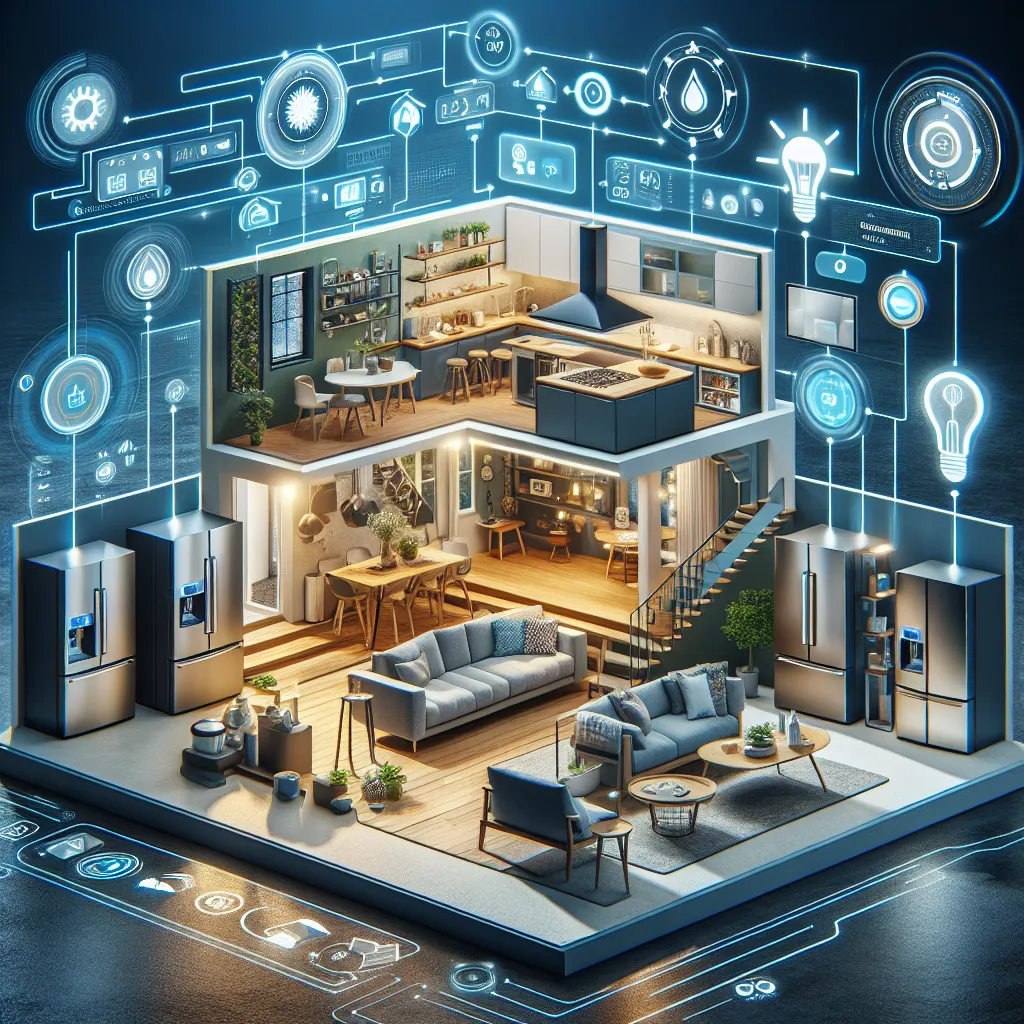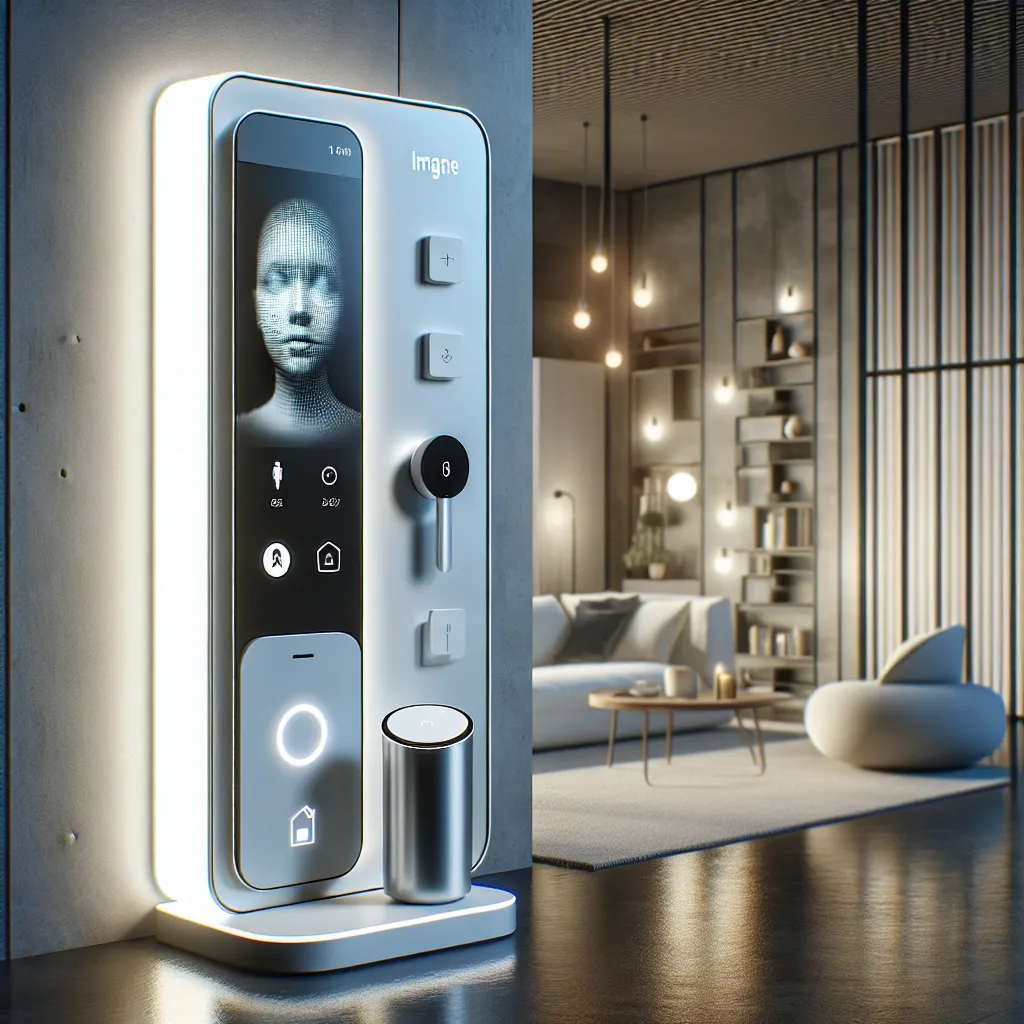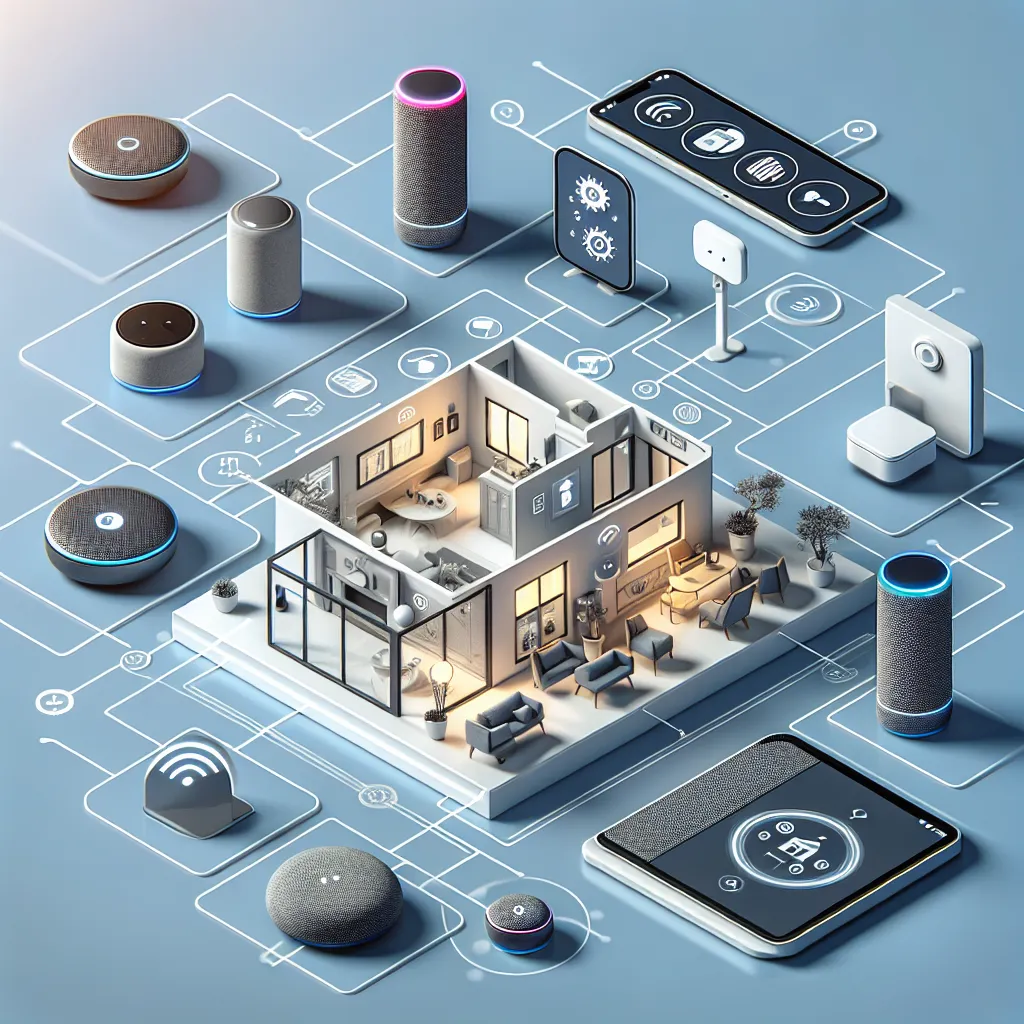Effortless Energy Savings with Smart Home Technology

Maximizing Energy Efficiency with Smart Thermostat Technology
Effortless Energy Savings with Smart Home Technology
Maximizing Energy Efficiency with Smart Thermostat Technology
One of the most impactful ways to maximize energy efficiency in a smart home is through the implementation of smart thermostat technology. Smart thermostats offer a range of features that enable homeowners to optimize their heating and cooling systems, resulting in significant energy savings. By leveraging advanced sensors and machine learning algorithms, smart thermostats can intelligently adjust temperature settings based on household occupancy, preferences, and environmental conditions.
Furthermore, the ability to remotely control and program smart thermostats via mobile devices empowers users to make real-time adjustments, ensuring that energy is not wasted when the home is unoccupied. Additionally, smart thermostats can provide valuable insights into energy usage patterns, allowing homeowners to identify opportunities for further optimization.
Incorporating smart thermostat technology into a comprehensive smart home system enables seamless integration with other energy-efficient devices and automation routines. For instance, smart thermostats can synergize with smart lighting systems to coordinate energy usage based on occupancy and natural light levels, further enhancing overall energy efficiency.
In conclusion, smart thermostat technology plays a pivotal role in maximizing energy efficiency within a smart home. Its ability to adapt to dynamic conditions, provide actionable insights, and integrate with other smart devices makes it an indispensable tool for effortlessly achieving energy savings.
By prioritizing the implementation of smart thermostat technology, homeowners can take significant strides towards creating a more sustainable and cost-effective living environment.
Remember, the key to maximizing energy efficiency is leveraging the full potential of smart home technology, including smart thermostat technology, to ensure a seamless and energy-conscious lifestyle.
Automating Energy Savings: The Future of Smart Home Systems
Effortless Energy Savings with Smart Home Technology
Automating energy savings is the future of smart home systems. With the advancement of smart technology, homeowners can now easily control and manage their energy usage without the need for constant manual adjustment. Smart home devices such as programmable thermostats, smart lighting systems, and energy-efficient appliances are revolutionizing the way we conserve energy. These devices can be integrated into a central hub that allows users to set schedules, monitor energy consumption, and receive alerts for any abnormalities.
One of the key benefits of automating energy savings is the convenience it offers. By incorporating smart home technology, homeowners can effortlessly optimize their energy usage without having to constantly monitor and adjust settings. For example, a smart thermostat can learn the household’s heating and cooling patterns and adjust temperature settings accordingly, leading to significant energy savings without sacrificing comfort.
Furthermore, the automation of energy savings promotes sustainable living by reducing unnecessary energy usage. Smart home systems can analyze energy patterns and provide insights on how to improve energy efficiency, ultimately leading to a more sustainable and environmentally friendly lifestyle. Additionally, automating energy savings can result in cost reduction by lowering utility bills and minimizing energy wastage.
In conclusion, automating energy savings through smart home technology is revolutionizing the way we conserve energy. By integrating smart devices and systems, homeowners can effortlessly manage their energy usage, promote sustainability, and reduce costs, making it the future of smart home systems.
Cutting Costs and Carbon Footprint: Smart Home Energy Management Solutions
Effortless Energy Savings with Smart Home Technology
Cutting Costs and Carbon Footprint: Smart Home Energy Management Solutions
In today’s fast-paced world, energy management is crucial not just for cutting costs but also for reducing our carbon footprint. Smart home technology offers effortless energy savings through advanced energy management solutions. By integrating smart home devices such as smart thermostats, smart lighting, and smart power strips, homeowners can effectively monitor and regulate their energy usage.
Smart thermostats, for example, allow users to create heating and cooling schedules based on their lifestyle, leading to efficient energy consumption. Likewise, smart lighting systems enable automated lighting control and energy-efficient LED bulbs to minimize electricity usage. Furthermore, smart power strips with energy monitoring features provide insights into power consumption by different devices and can automatically turn off inactive electronics to prevent energy wastage.
In addition to these individual devices, smart home energy management solutions also encompass comprehensive energy monitoring systems. These systems collect data on energy usage throughout the home, providing valuable insights to help homeowners identify opportunities for energy savings. Moreover, some smart home solutions offer integration with renewable energy sources such as solar panels, further reducing reliance on traditional grid power.
By leveraging these smart home technologies, homeowners can not only reduce their energy bills but also contribute to a greener environment by lowering their carbon footprint. As the world continues to focus on sustainability, smart home energy management solutions are at the forefront of the efforts to conserve energy and reduce environmental impact.



